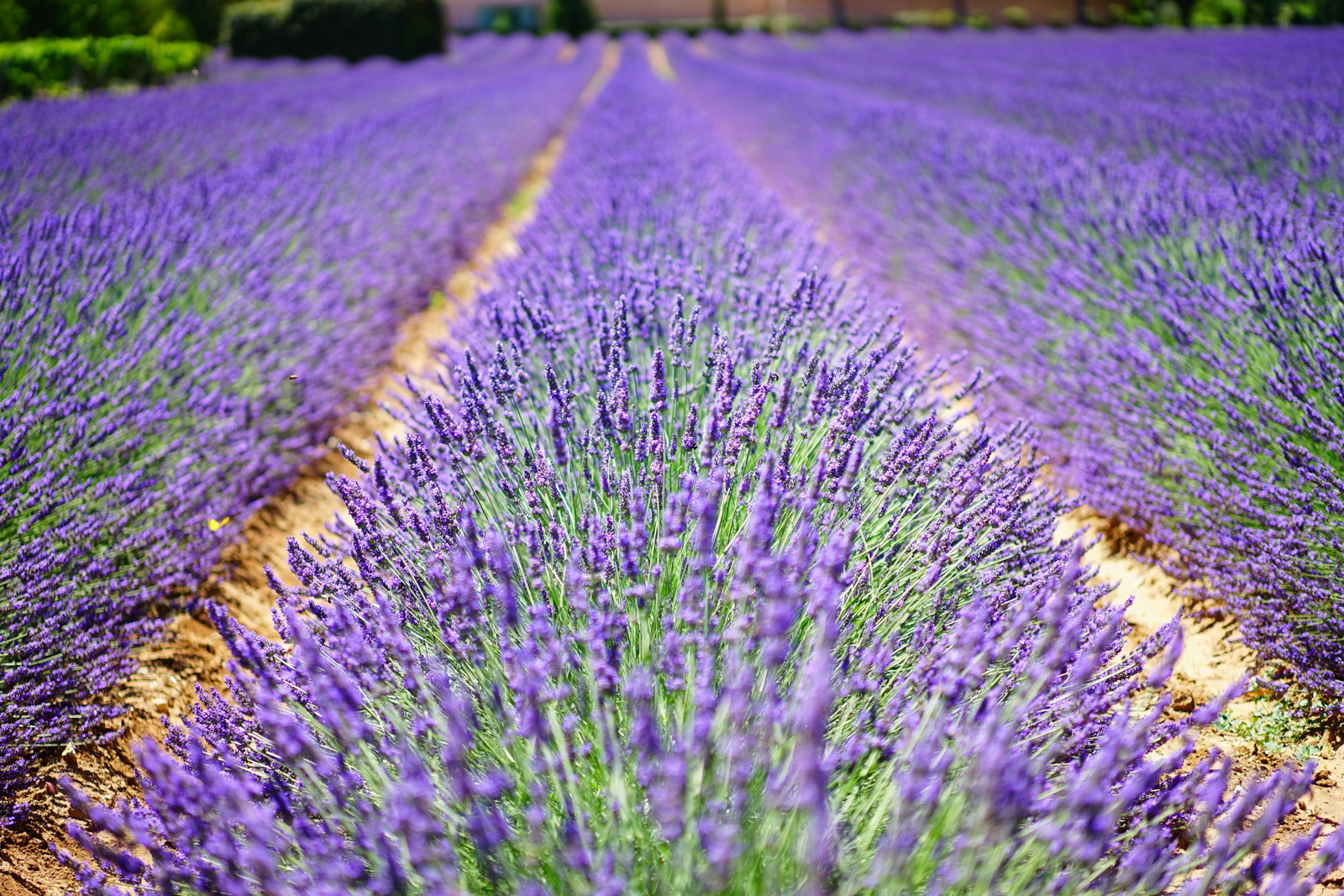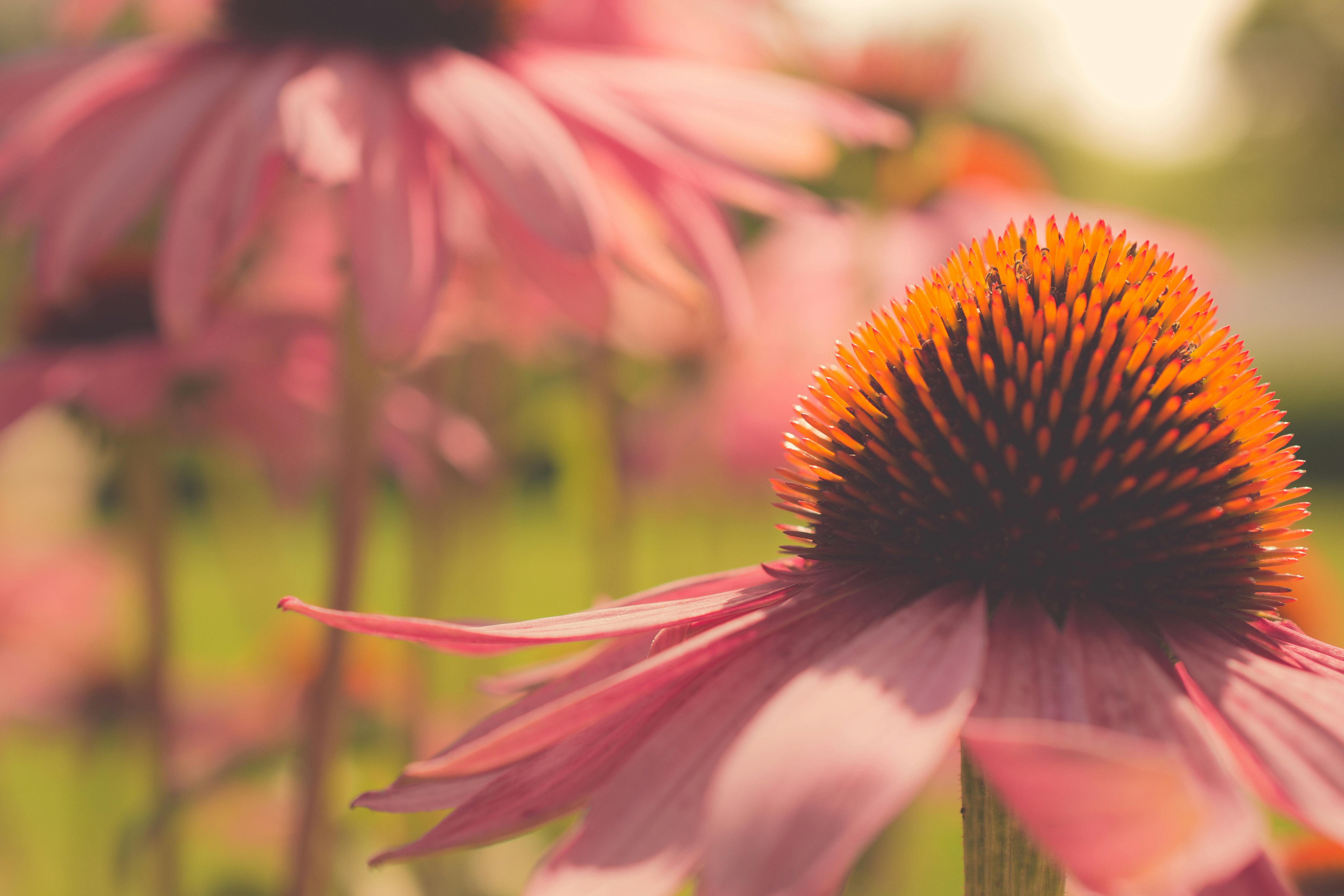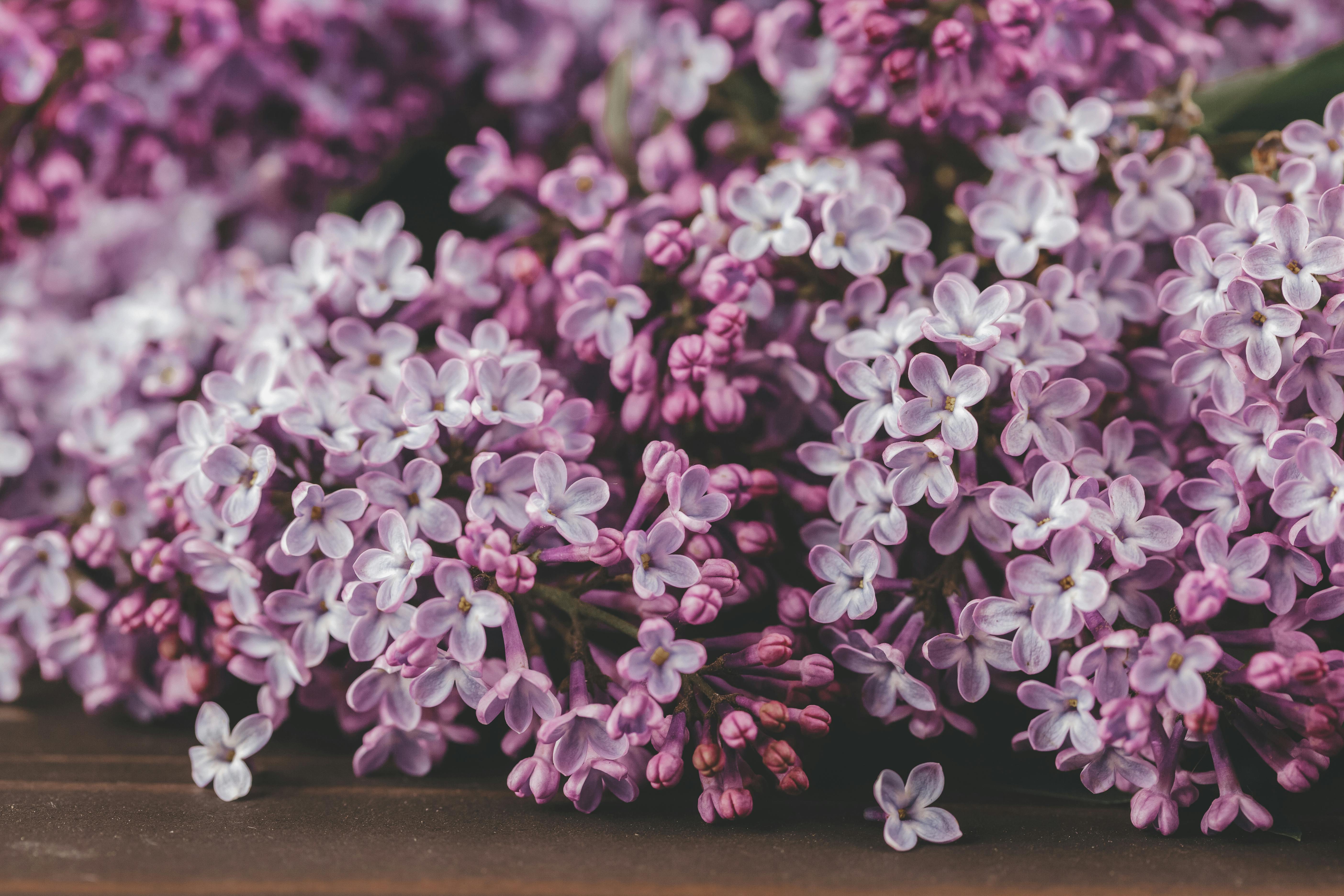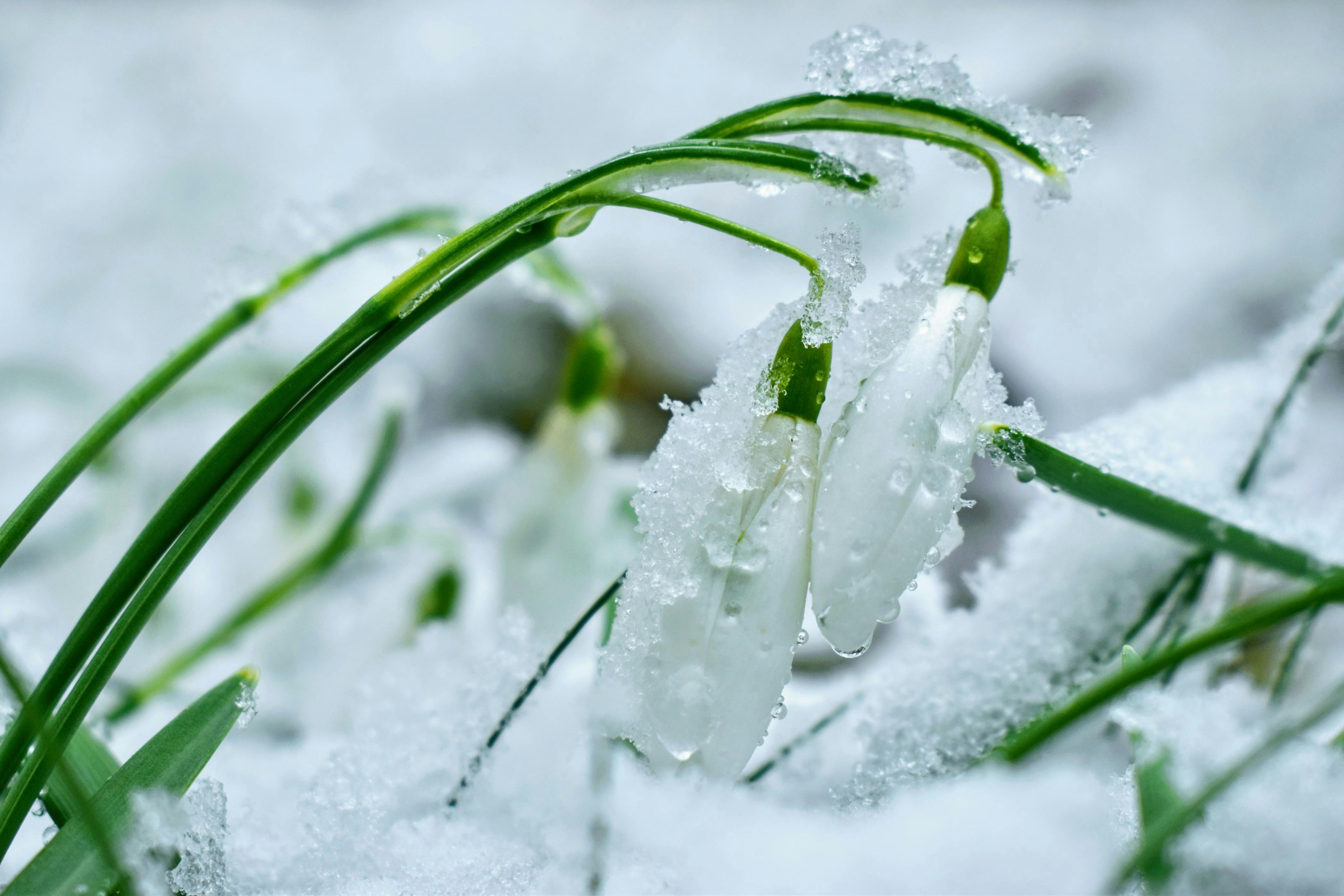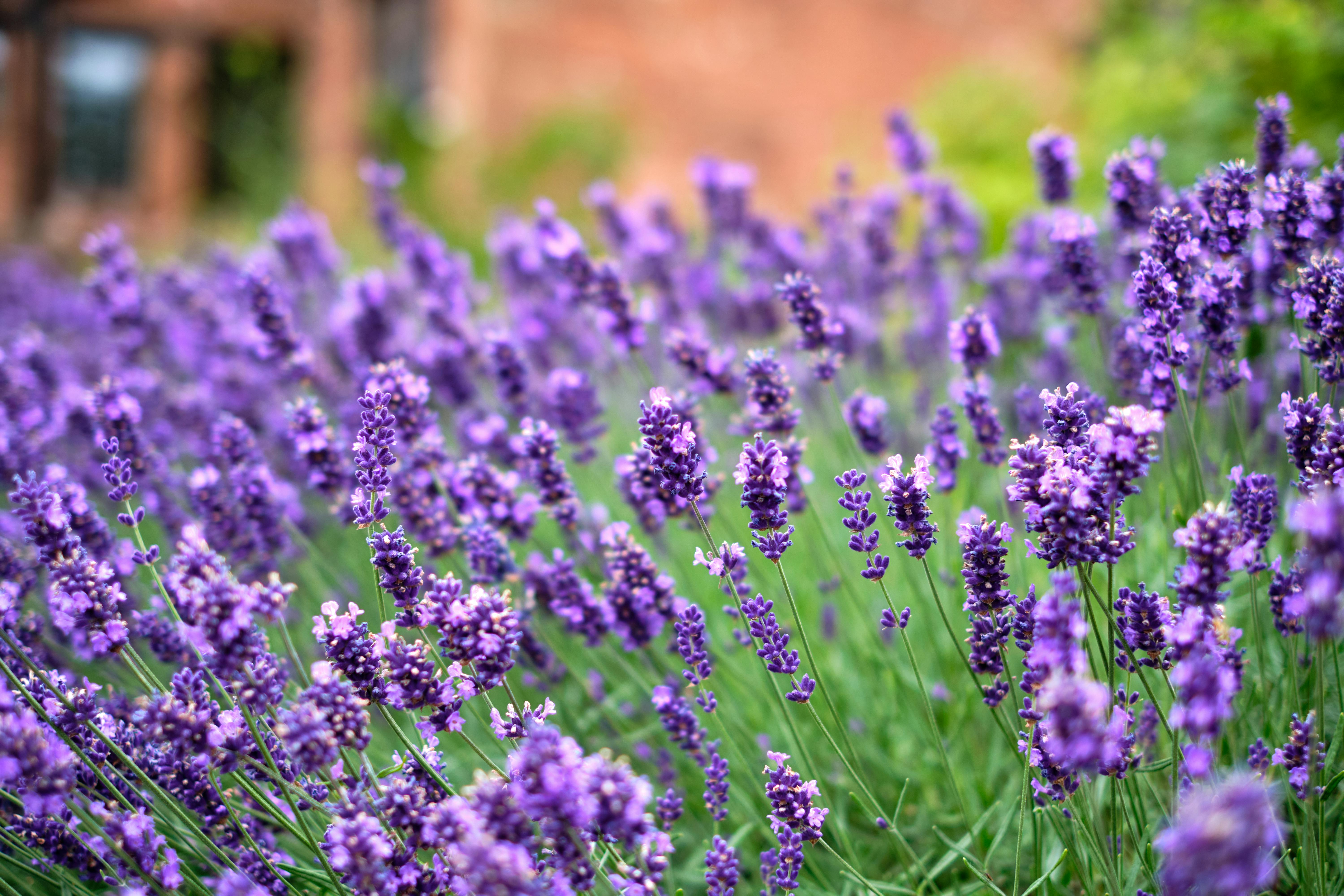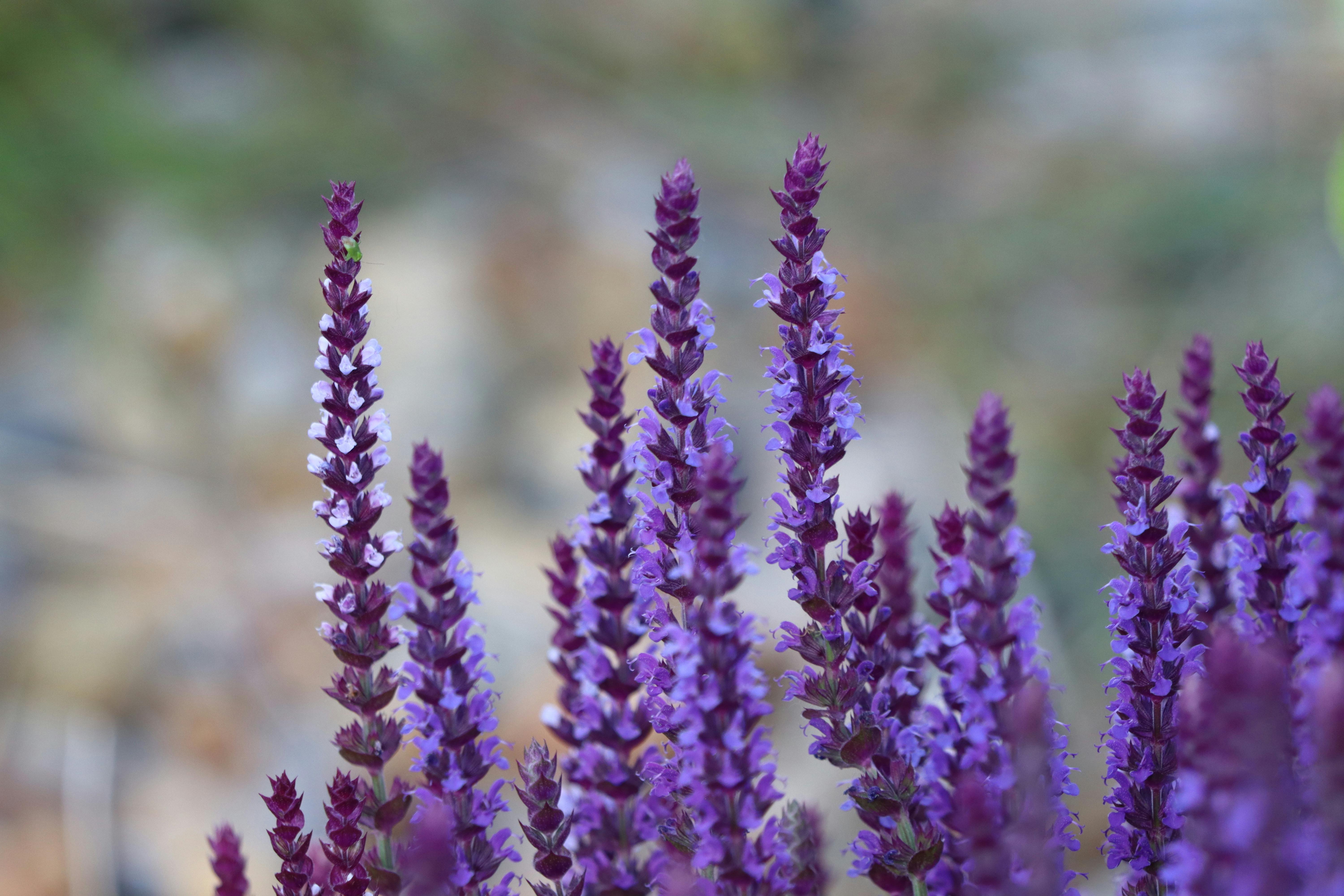The Enduring Beauty of Perennial Flowers in Quebec Gardens
Discover the joy of plants that return year after year. This guide explores selecting, planting, and caring for beautiful perennial flowers suited to Quebec's climate, bringing lasting colour and life to your garden.
Explore Perennial Gardening
Planning for Continuous Blooms in Quebec
One key strategy for a stunning perennial garden is planning for continuous colour throughout Quebec's growing season. Select plants with varying bloom times.
Spring: Welcome the season with early bloomers like Peonies (Pivoines), Bleeding Hearts (Coeurs saignants - Dicentra), Columbine (Ancolie - Aquilegia), Lungwort (Pulmonaire), and Creeping Phlox.
Summer: Ensure vibrant mid-season colour with staples such as Daylilies (Hémérocalles), Coneflowers (Échinacées), Garden Phlox (Phlox paniculé), Bee Balm (Monarde), Astilbe, Hostas (flower spikes), and Black-Eyed Susans (Rudbeckies).
Fall: Extend the season's beauty with late bloomers like Sedum 'Autumn Joy' (Orpin d'automne), Asters (New England Aster), Goldenrod (Verge d'or - Solidago), and the lingering seed heads of grasses and Coneflowers.
By layering these bloom times and considering foliage texture, you can create a garden that offers visual interest from May through October, even with a shorter growing season.
Caring for Your Perennials in Quebec's Climate
While hardy perennials require less work than annuals, some key care steps ensure their longevity and beauty in Quebec.
Spring Cleanup: Once the ground thaws and severe frost risk passes (typically May), gently remove excess dead leaves from around crowns. Cut back dead stems left for winter interest to make way for new growth. Divide overcrowded clumps if needed (generally every 3-5 years for many types).
Mulching: Apply a layer of organic mulch (2-3 inches) in late spring after the soil warms. This conserves moisture, suppresses weeds, and moderates soil temperature. Replenish in fall for winter insulation.
Watering: Water newly planted perennials regularly. Established plants need water during prolonged dry spells. Deep, infrequent watering is better than shallow, frequent sprinkling.
Deadheading: Removing spent flowers from certain perennials (like Daylilies, Coneflowers, Salvia) can encourage reblooming and prevent unwanted self-seeding, keeping plants tidy.
Winter Protection: This is crucial. After a few light frosts but before deep freeze, apply winter mulch (straw, shredded leaves, evergreen boughs) around the base of most perennials. For borderline hardy plants (Zone 5b in a Zone 5a area, for example), consider rose cones or burlap wraps supported by stakes (ensure air circulation). Leave sturdy stems on plants like Sedum and grasses for winter structure and snow capture.
